Video activity exercises:
1. While working with video we can form groups of 4 or 5.
2. Watching a video or some episodes /fragments from a film.
3. A teacher should identify the aim of the lesson before watching a video: for example what kind of competences can be formed doing activities from the video.
4. We should also identify what kind of “universal learning abilities can be formed or developed or perfected.
5. Some sorts of activities can be planned, based on the plot of the story: Pre-listening; While- listening and After-listening
6. Different situations can be planned, for example:
1. Exploitation: All the activities can be added , if the teacher has more time. There are lots of techniques in Teaching with video .”
2. Exercises: they should be related to the story of the video, but can be done after the initial exploitation, without access to video equipment.
3. Tell the story. This can be done with the help of a page of photographs taken from the video. These can be used in a number of ways, from paired retelling of parts of the video during initial presentation to review and consolidation at the end of the work with each video.
4. Vocabulary.You can use video at any time on a particular part of the video for reference or later as further exercises wit a vocabulary bias.
5. Reference. A complete language summary of each video for reference.
6. Transcript. A complete transcript can be used after watching. Students can use it for their home assignment or just for revising some points of the characters` dialogues.
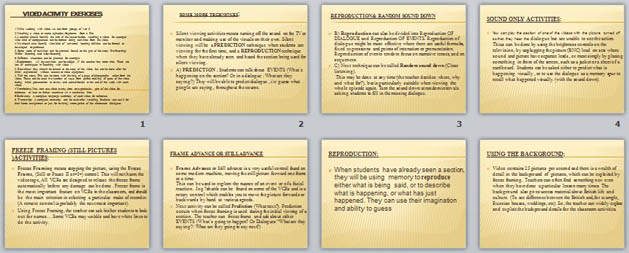
Some more Techniques:
Silent viewing activities means turning off the sound on the TV or monitor and making use of the visuals on their own. Silent viewing will be a PREDICTION technique when students are viewing for the first time, and a REPRODUCTION technique when they have already seen and heard the section being used for silent viewing .
A) PREDICTION . Students can talk about EVENTS (What`s happening on the section? Or in a dialogue : What are they saying?) They will be able to predict dialogue , i/e/ guess what people are saying , throughout the course.

 Получите свидетельство
Получите свидетельство Вход
Вход







 IUsing Freeze Framing, the teacher can ask his|her students to look out for names… Some VCRs may wobble and have white lines to do the activity. " width="640"
IUsing Freeze Framing, the teacher can ask his|her students to look out for names… Some VCRs may wobble and have white lines to do the activity. " width="640"







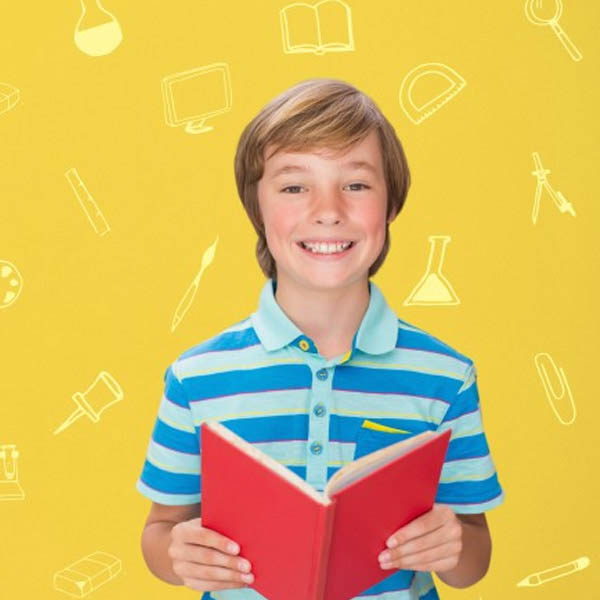
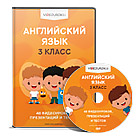
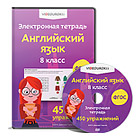
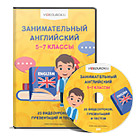
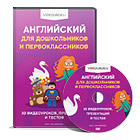
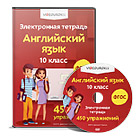
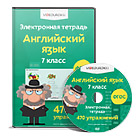
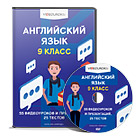
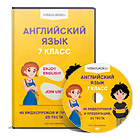
 Презентация "Видео на уроках английского языка" (1.6 MB)
Презентация "Видео на уроках английского языка" (1.6 MB)
 0
0 617
617 20
20 Нравится
0
Нравится
0


